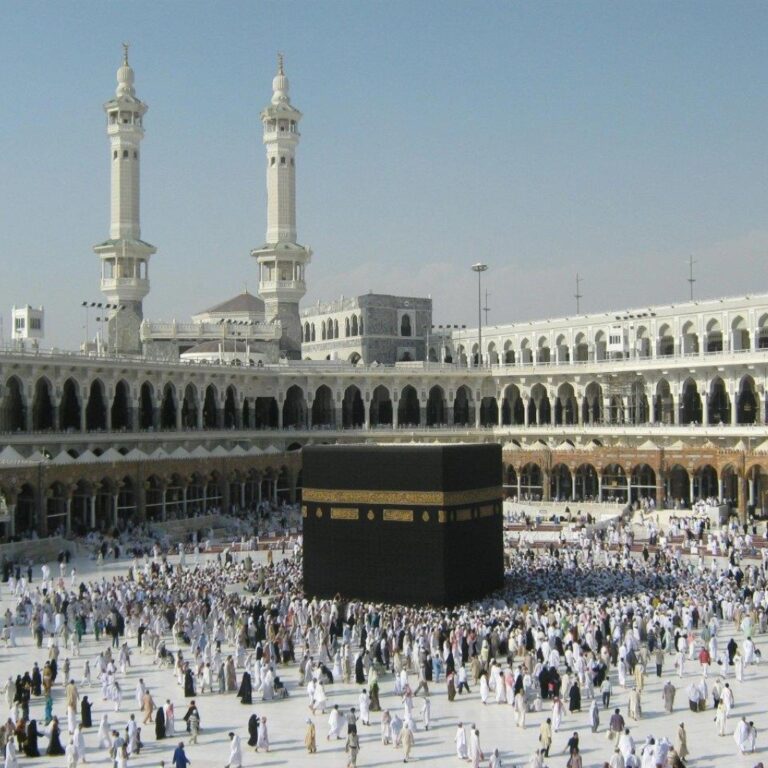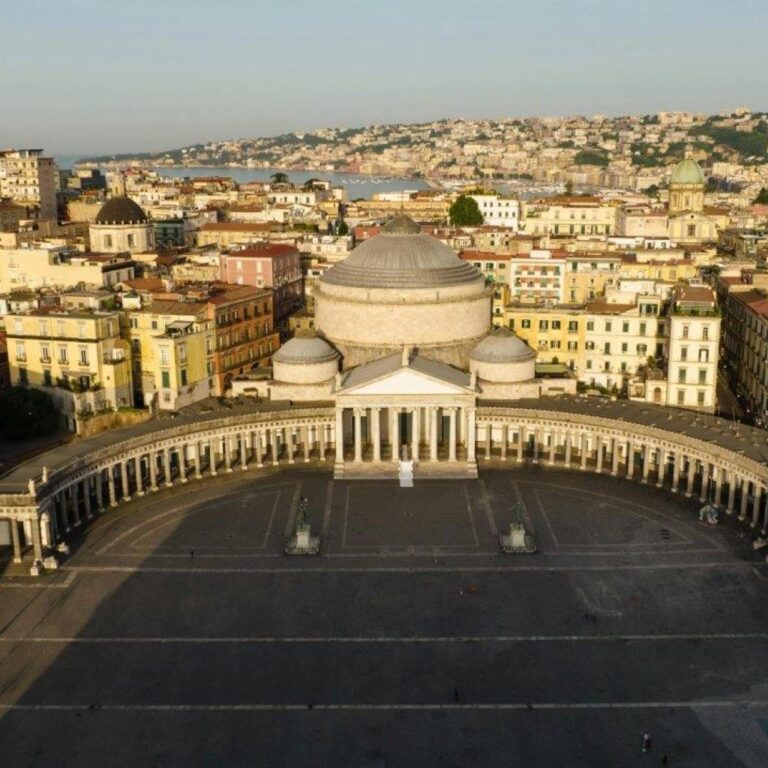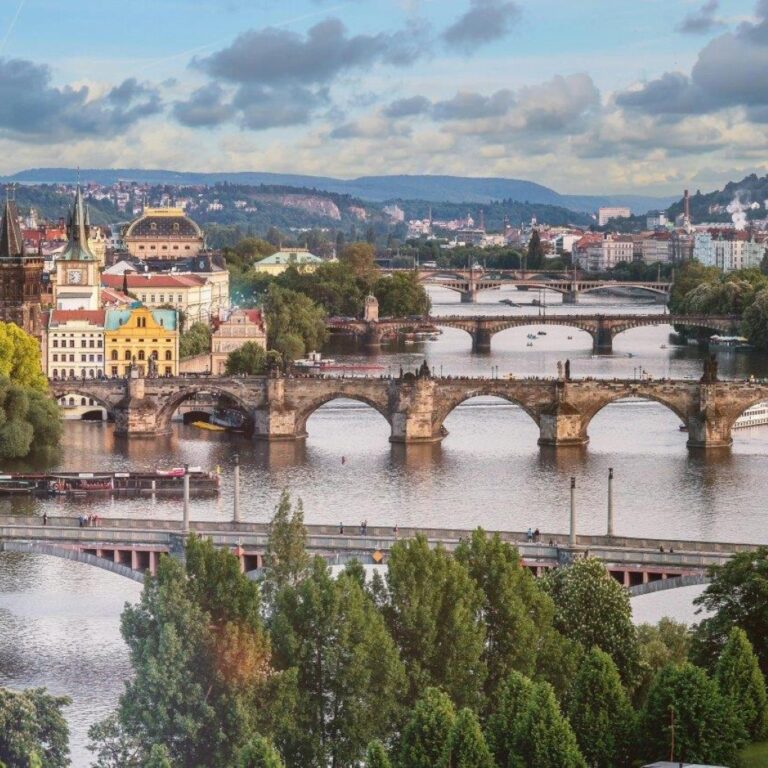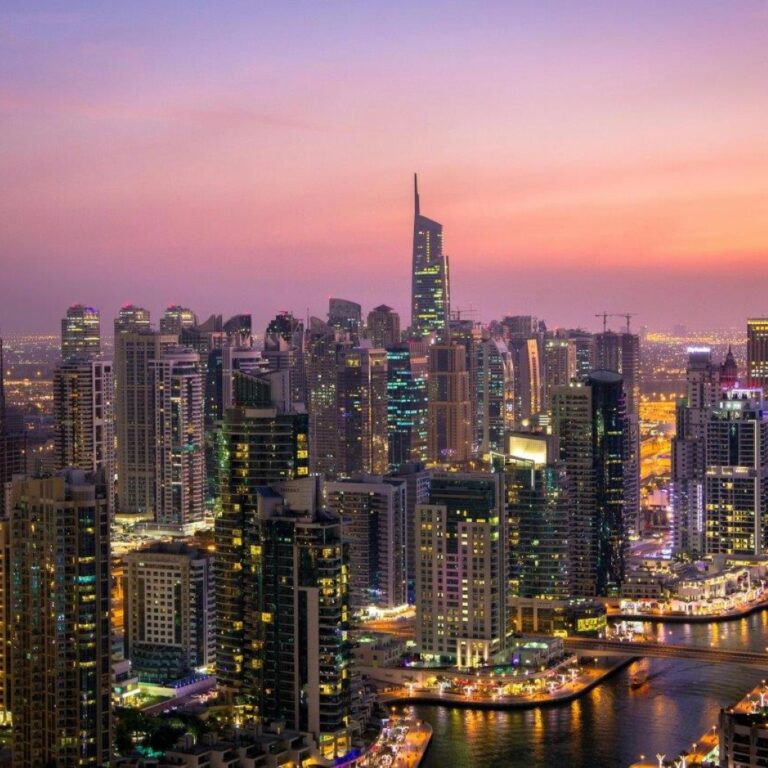Mecca is the site of the Kaaba, the most sacred structure in Islam, located within the Masjid al-Haram, the largest mosque in the world.
Every year, millions of Muslims from around the world visit Mecca to perform the Hajj pilgrimage, one of the Five Pillars of Islam.
The city is considered so holy that only Muslims are permitted to enter its boundaries.
Mecca is also known as Makkah in Arabic and is sometimes referred to as Makkah al-Mukarramah, meaning 'Mecca the Honored.'
The Prophet Muhammad was born in Mecca in the year 570 CE.
The annual Hajj pilgrimage is the largest gathering of Muslim people in the world, with over 2 million participants each year.
The Zamzam Well, located within the Masjid al-Haram, is believed to be a miraculously generated source of water and is an important part of the Hajj pilgrimage.
The city has a population of over 1.5 million people, making it one of the largest cities in Saudi Arabia.
The Abraj Al Bait Towers, also known as the Makkah Royal Clock Tower, is one of the tallest buildings in the world and features the world's largest clock face.
Mecca's economy is heavily reliant on religious tourism, with millions of pilgrims visiting the city each year.
The city's infrastructure is continually being developed and expanded to accommodate the growing number of pilgrims.
The Black Stone, set into the corner of the Kaaba, is an ancient Islamic relic believed to date back to the time of Adam and Eve.
The city is surrounded by the Sirat Mountains, which provide a natural barrier around the holy sites.
Mecca was a major trading center in ancient times and played a crucial role in the development of Islamic civilization.
The Quran, the holy book of Islam, mentions Mecca several times and emphasizes its significance as a spiritual center for Muslims worldwide.
How useful was this post?
Click on a star to rate it!



